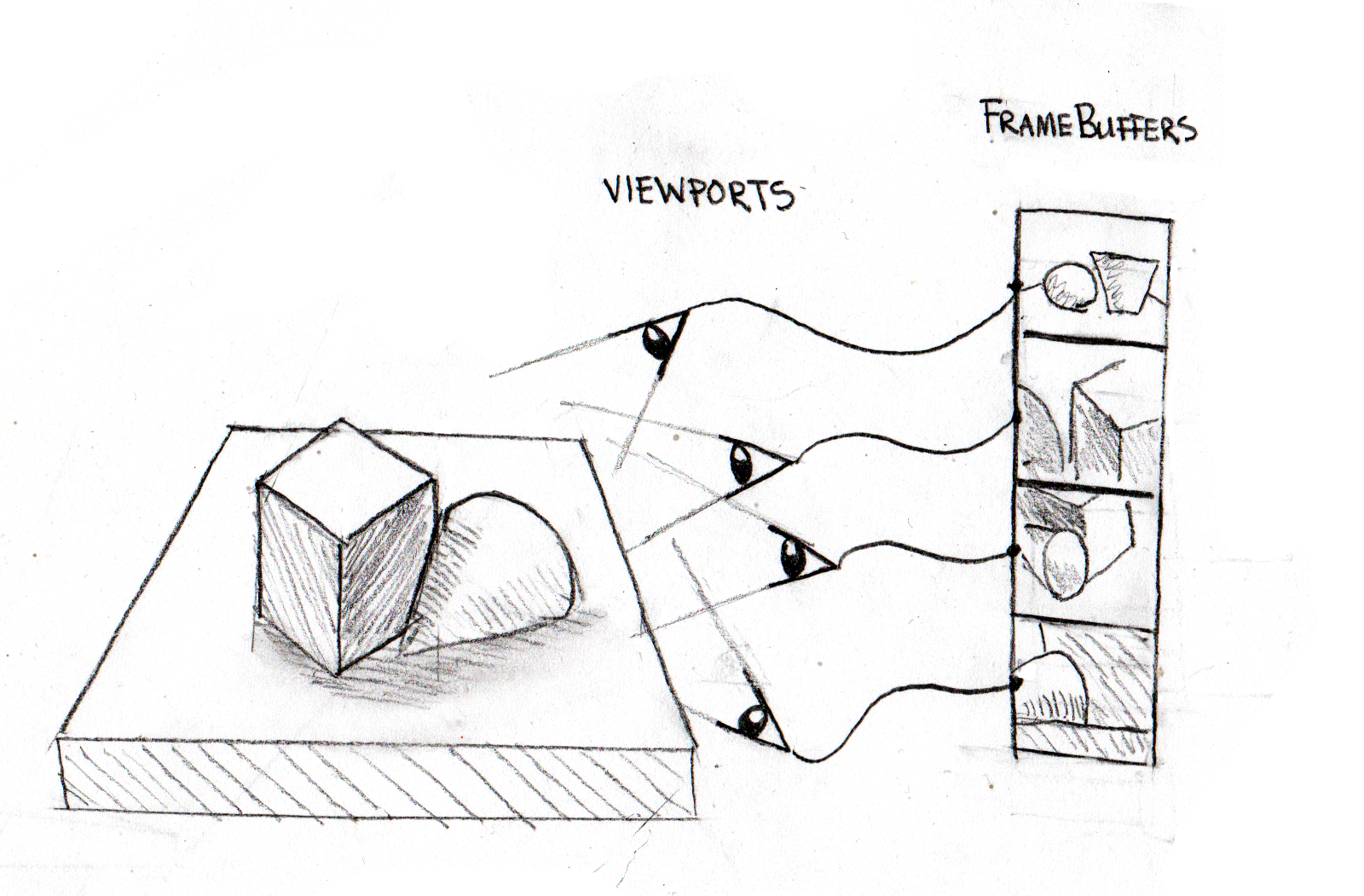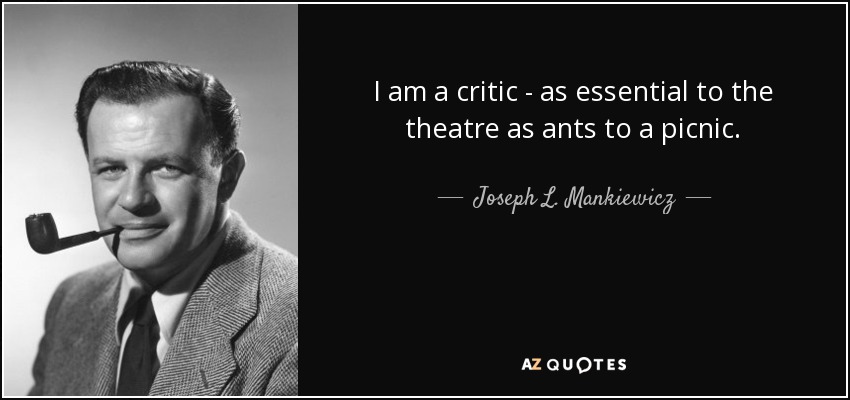Just Walk On By Style and Structure Evaluation
1. I do feel like Podohertz's point enhanced Staples' point, but it was not necessary since he gave examples about "paranoid touchiness" earlier in the essay.
2. I think Staple's strategy was highly effective, since it really forces the reader to read forward and find the context of the anecdote.
3. Staples uses more than enough examples to support his thesis, but fortunately they transition well and do not get in the way of his point.
4. He first presents examples of minor reactions that people have to his appearance and then goes on to describe major reactions, concluding it with examples of his childhood in comparison to his adulthood. I think this approach is fine but it would be equally or more effective to start out with childhood examples.
5. Robber: conveys the same idea
thief: conveys same idea
criminal: a more general category that "thug" fits into
felon: a more general category that "thug" fits into
gangster: gangsters are often thugs
rapist: rapists are often thugs
sucker punch: "sucker punching" is often what a thug does.
Journal Entry: I was bitten by a dog when I was really young and I instinctually perceived the owner as threatening. I'm sure if Staple's was in the same situation when he was really young, he'd feel the same way.
Combining the Patterns: Yes, since it would have given more specific causes of young thugs.












